9 Ways to Stay Warm Without Electricity
Most of us have faced this situation at one point or another. It’s the dead of winter, and sometime during the night you wake up shivering, only to discover that your electricity is no longer working. Unfortunately, you just never know exactly how long it will be until the power is restored. It could be hours or even several days. You may have an idea of a number of different methods that you can use to stay warm, but I have a few others that you might not know about. Here are 9 ways to stay warm without electricity. In case you missed this post, 10 Ways to Stay Cool Without Electricity
Here’s the deal, we have to talk about staying warm without power in order for people to be prepared before they need to be. We don’t want to be the ones stranded at home with icy roads and no power whatsoever. If we make a plan beforehand, then we can do what we need to do when the situation confronts us.
9 Ways to Stay Warm Without Electricity
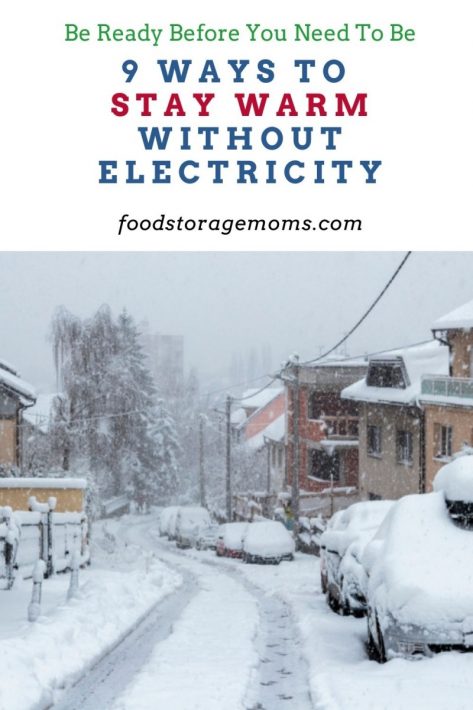
#1. Dress in Layers
Dressing in layers is one of the best ways to regulate your body heat during a power outage, but it’s more than just throwing on a hoodie over your t-shirt. I’d encourage you to avoid using cotton and polyester fabrics when choosing your base layer (clothing that touches the skin).
Should you start to sweat, the clothing fabric will absorb the moisture and cause your body to get cold, defeating the entire purpose. Instead, choose thermal clothing, such as a pair of comfortable long johns.
Now you need to focus on the right insulating layers to add to your bottom layer. Wool or a wool-blend sleeved shirt would be the ideal choice to help trap your body heat. You could also throw on a coat or a vest if your circumstance calls for more warmth from clothing.
#2. Put on a Hat
Did you know that most of your body heat escapes through your head when you’re exposed to colder temperatures? So it only makes sense for you to put on a wool hat to better maintain your body temperature.
#3. Stock Up on Hand Warmers
It’s a miserable feeling when your hands and feet feel like they’ve been soaking in ice-cold water all day. You will want to be sure that you stockpile plenty of hand warmers that can be placed inside your gloves or mittens. Hand Warmers
You could also put them in your boots or wool socks to keep your feet feeling warm and cozy. Placing them in your sleeping bag may help you sleep better at night.
Hand warmers should last you anywhere from 5 to 7 hours. If one of your family members has a run-in with hyperthermia, you can place hand warmers under their armpits and in their groin area to help raise their body temperature.
#4. Insulate Windows
Most of the heat in your home that escapes does so through the cracks around your windows. Keep cold air out by insulating your windows with bubble wrap and followed up with window plastic.
Slightly dampen your bubble wrap and apply it to your windows, and then seal it off with the window plastic. If you’re facing extreme cold conditions, you could also place newspapers, towels, or blankets in between the window and the plastic.
Something else you could try is to use clear shower curtains over your windows. That way the sunlight is still able to get in, yet you’re still able to keep the cold drafts out.
#5. Utilize the Smallest Room in Your House
You’ve probably already come to the realization that it’s easier to keep the smaller rooms in your house heated during the winter than say, your living room. This is why it’s best to designate one of your smaller bedrooms for your entire family during this time, if there’s room.
You can insulate the room even more by caulking your windows and hanging a heavy blanket over the door. Sleeping in a tent would also help trap everyone’s body heat at night, along with mylar emergency blankets or good sleeping bags. Mylar Emergency Blankets
#6. Start Your Car
When you’ve done everything you can think of and are still having a hard time keeping warm, there’s always the option of your family sitting in your vehicle with the heat turned on full blast. Don’t forget to open up the garage door to avoid carbon monoxide poisoning. This is one of the most important ways to stay warm without electricity.
#7. Wood Stove or Fireplace
If your home doesn’t already have a fireplace in it, it may be a good idea that you look into getting a wood stove. It’s a great heating source that would hold your family over until your power comes back on. You will need to have a decent supply of dry wood stored somewhere. Remember, you shouldn’t leave your wood stove unattended. When my girls were young we cut down and hauled wood every year for three years and heated our home with a wood stove. It was so awesome!
#8. Propane/Kerosene Heater
Purchasing a propane or kerosene heater that doesn’t run on electricity would be a huge lifesaver for your family during a power outage. They do a great job at heating a decent amount of square footage in your home, but there are a few things that you still need to consider. I have seen the brand Mr. Buddy Heater recommended but I have not personally used it so I can’t vouch for the unit. Do any of you have one? I did ask on my Food Storage Moms Facebook group and one reader mentioned she gave a friend an indoor Mr. Buddy that uses the One-Pound Propane Cylinders.
Make sure that you’re getting one that is approved for indoor use and that you also pay close attention to the instructions on how to use one. Getting a heating model with emergency shutoff features would be another good idea. If you choose to go with a kerosene heater, I highly recommend that you have a carbon monoxide detector installed in your home.
#9. Invest in a Gas-Powered Generator
A gas-powered generator would be a great solution if you’re dealing with a short-term power outage. Should you decide to buy a really good one, not only will you be able to keep the lights and other appliances around the house working, but possibly even to keep your furnace running.
This method does require you to stock up on a decent amount of fuel, and you’ll also want to be sure that you rotate it out often. Last but most importantly, never bring a generator into your home.
9 Ways to Stay Warm Without Electricity
Final Word
These are 9 easy ways to help keep warm when your home is without electricity. Stocking up on blankets, staying physically active, and drinking warm beverages are other great ways to stay warm. Can you think of any other ways to stay warm without electricity? Please let me know what you’ve done in the past. May God Bless this world, Linda.
Copyright Images: Cars and Roads Covered with Snow Deposit photos_273743230_s-2019

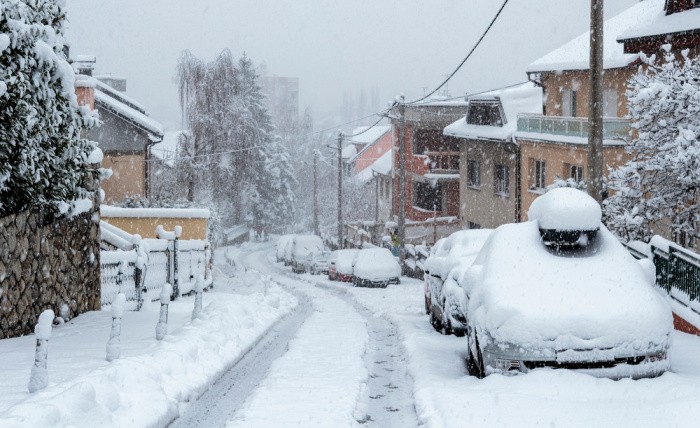

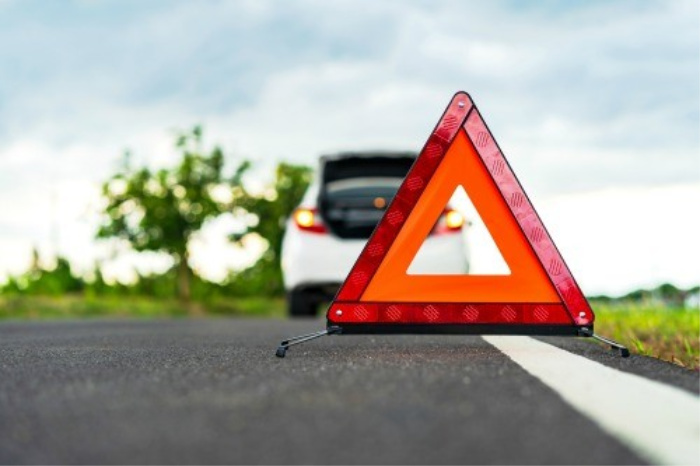
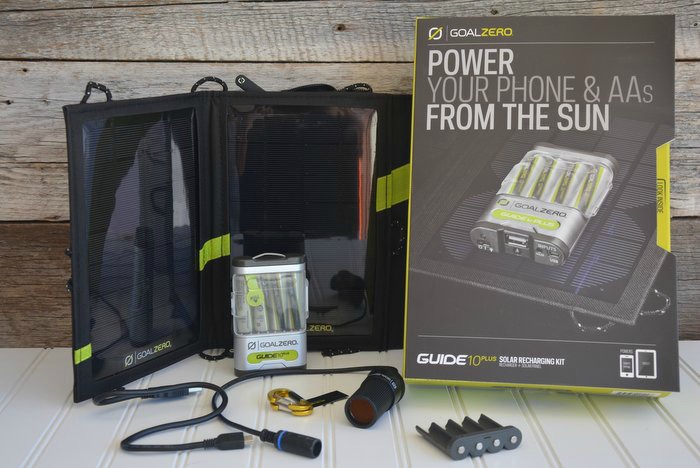

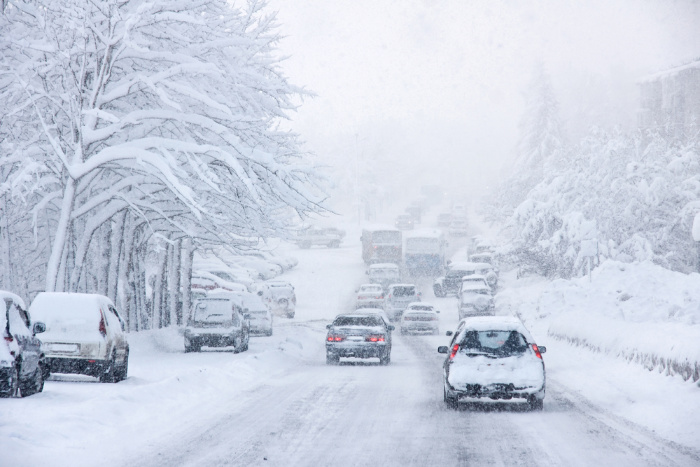
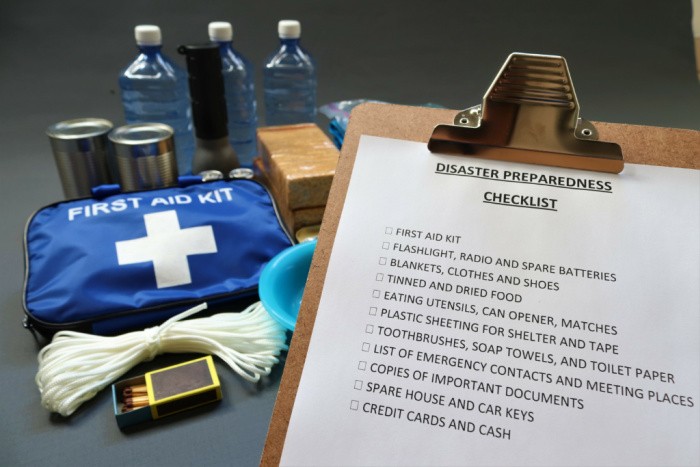
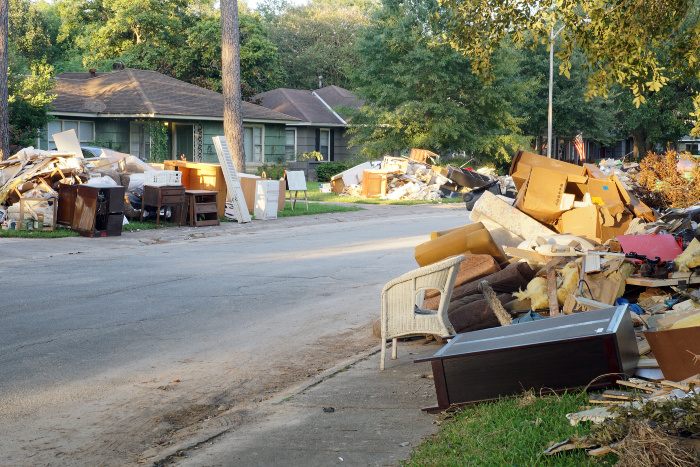
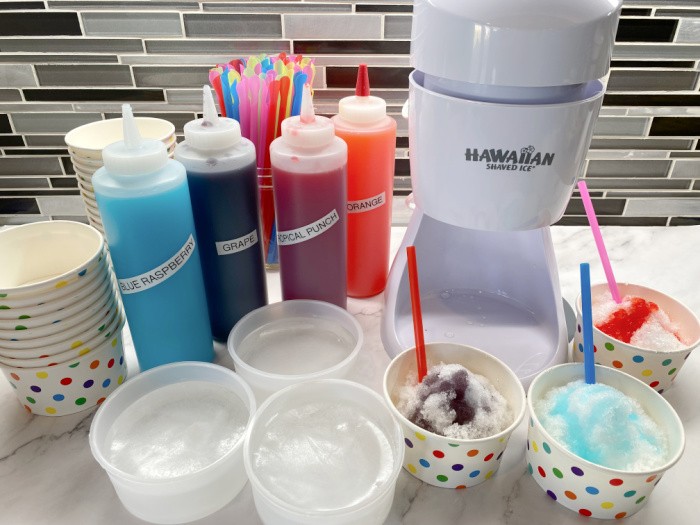
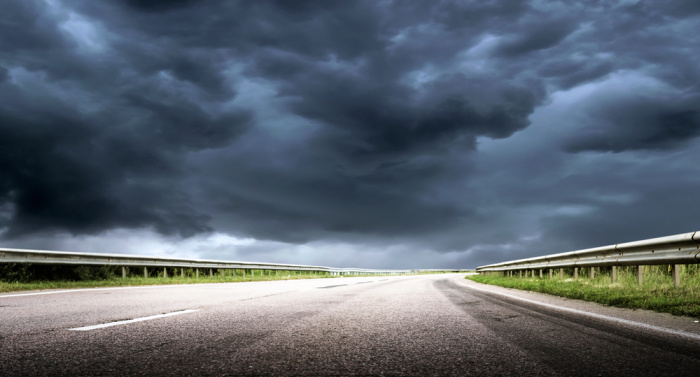


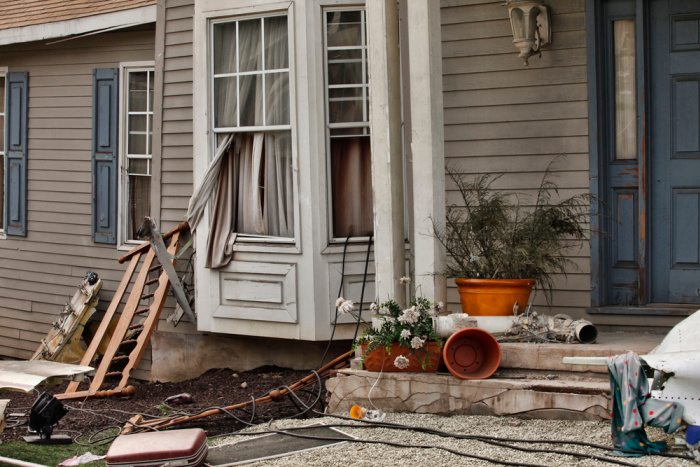
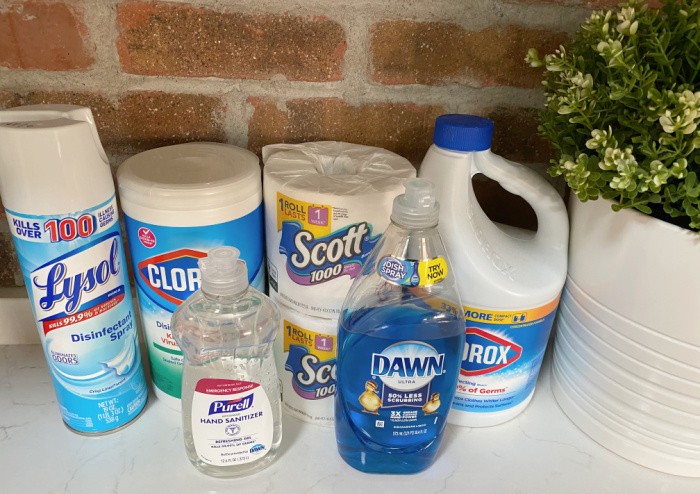
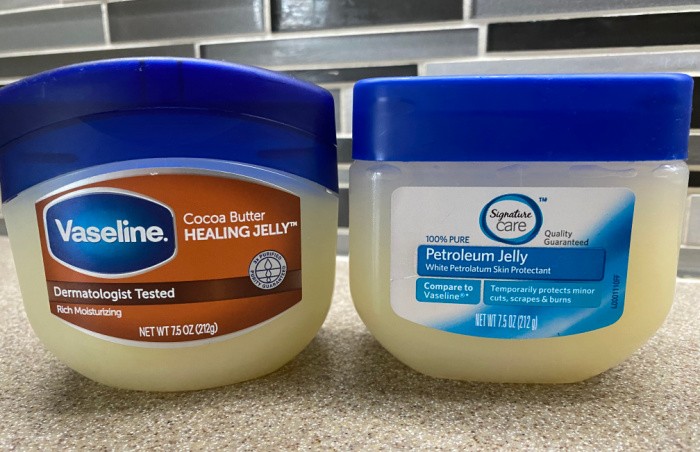
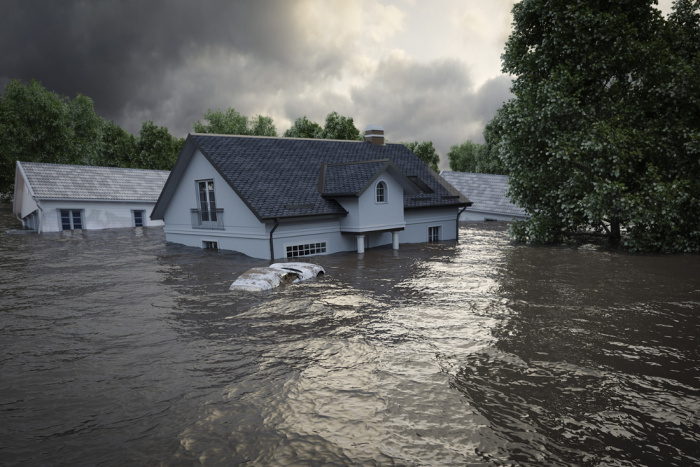


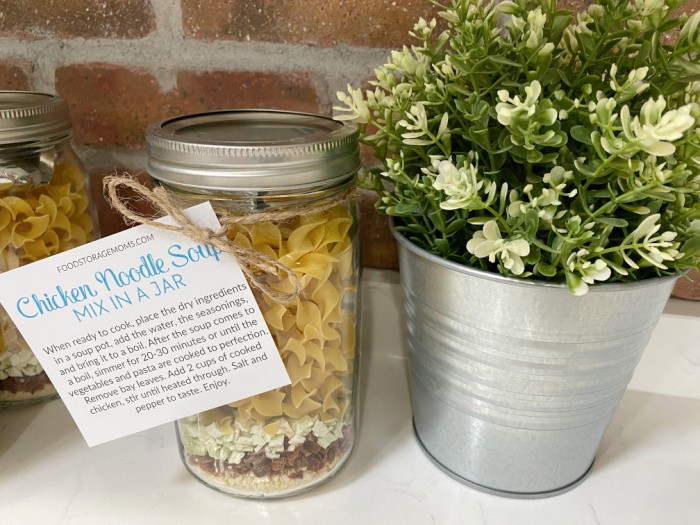
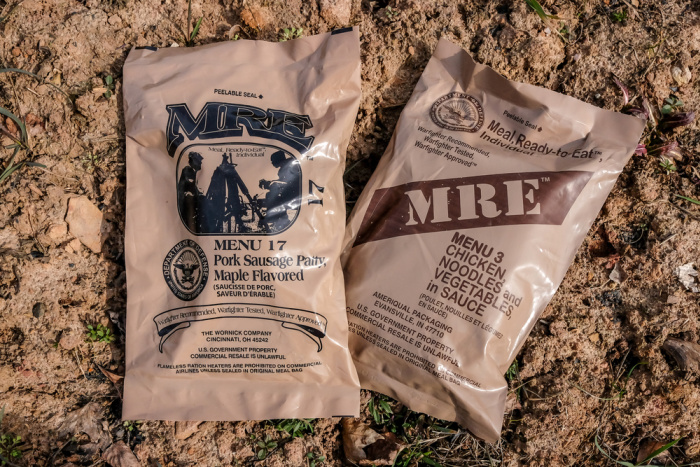

The Mr Buddy is an awesome heater however the cylinders last bout 6hrs. I hate getting up at deer camp, crawling outta my warm cozy fart sack and changing them so I got the hose that connects to larger containers and that can last for days.
The second thing is if you use this in your house on the floor I highly suggest setting a cookie sheet pan upside down under it to reflect the heat away from the flooring to stay safe from carpet or warming up glue on linoleum etc.
Even a low heat after running 3-4 days in a storm can have an effect.
Fart sack. Haha haha!!! Omg lolol
I didn’t even realize I typed that. I reckon I’ve got a way with words at times and not always for the best lol.
I’m sure glad it made y’all laugh though.
Hi Matt, I like the trick about the upside-down cookie sheet, it makes sense. I will order a hose for the larger tank, thanks for the tip. The fart sack, now I have the giggles! Best comment ever!! LOL! Linda
We have a Mr. Buddy heater and agree with Matt’s comment about it. There are two sizes, we have the smaller one and it will heat a small room without any additional heat source. I also agree about getting the hose to connect it to a larger container.
Hi Harry, I need to order one, I kept reading about them but this helps me a lot! Thank you so much!! Linda
https://www.walmart.com/ip/Mr-Heater-MH9BX-9000-BTU-Propane-Portable-Buddy-Heater-MH9BX/55234301
Best price I can find and it has free shipping!
Hi Harry, thanks for the link! I love it! Yay! Linda
Hi Harry, I guess I need these two as well, right? https://www.walmart.com/ip/Mr-Heater-1-in-Dia-x-10-ft-Buddy-Series-LP-Hose-Assembly/21375847?athcpid=21375847&athpgid=athenaItemPage&athcgid=null&athznid=PWVUB&athieid=v0&athstid=CS020&athguid=30f65580-007-178280c3d837d1&athancid=null&athena=true
and this one https://www.walmart.com/ip/Mr-Heater-Propane-Tank-Refill-Adapter/49406261?athcpid=49406261&athpgid=athenaItemPage&athcgid=null&athznid=PWVUB&athieid=v0&athstid=CS020&athguid=fc57a031-007-178280ef4f6b8f&athancid=null&athena=true
Linda
Linda,
You will need the hose if you wish to run it off of a large propane bottle like used for a gas grill. Otherwise, you will have to run it on the little one pound propane bottles, which are more expensive. The refill adapter can be used to refill the one pound bottles from a large propane bottle, but that is somewhat of a nuisance. Here is a link to a 12 foot hose that will do the same thing as the one in your link and is less expensive.
https://www.walmart.com/ip/Mr-Heater-F273702-12-ft-Propane-Hose-Assembly-with-Swivel-1-in-20-Male-Throwaway-Cylinder-Thread-x-Excess-Flow-Soft-Nose-P-O-L-with-Handwheel/21375846?athcpid=21375846&athpgid=athenaItemPage&athcgid=null&athznid=PWVUB&athieid=v0&athstid=CS004&athguid=e74404d6-008-178281331875b3&athancid=null&athena=true
This one allows for two more feet of separation between the heater and the propane bottle. Of course, to run the heater off the large propane bottle, you would need one of those as well. We keep a number of the larger bottles on hand because we use them in our 45,000 BTU patio heater.
Harry
Hi Harry, thank you, I will order them now. Thanks for the help!! Linda
Hi Harry, I will not be using the one-pound tanks. Linda
Hi Linda! I was looking for get naked and snuggle up to each other. LOL That was actually my first thought. Under covers of course. Not a dirty mind, just body heat is a good thing when you’re cold.
Hi Deborah, I have heard this about body heat! A great reminder to all of us! Thank you, my friend, your husband will love it too! Linda
+1000 on this!!!!
They make sleeping bags that zip together and make it easier to “snuggle”!
In addition to your information regarding starting the car and staying warm that way – if your vehicle is not in a garage, make sure that your tailpipe is NOT blocked by anything such as snow, ice, or other debris and it is best in or out of the garage (open garage door of course) to have one or two windows open a bit for fresh air.
When layering your clothing, make sure you have on socks!! I have some wool socks that I layer with a pair of cotton socks (light weight) under the wool.
In addition to the Mr. Buddy heater or other indoor approved heating source, make sure you have a way to heat water, tea, coffee, hot chocolate and soup! Those will go a long way toward keeping you warm, fed and comforted! Warm the insides as well as the outsides!
Set up a pop up tent in living room to sleep in. Close off all but necessary rooms.
A tent inside the living room is a great idea. Some lumber or books or cement blocks along the inside walls of the tent can take the place of tent stakes customarily driven into the ground. Plus you could cover the tent with bubble wrap or a blanket to act as insulation and stop heat from escaping. Just don’t use a heater or light source inside the tent that burns fuel and thereby consumes oxygen (Mr Heater or a candle or a kerosene lamp, for example). Better to use a flashlight for light. And a hot water bottle or stones heated in the fireplace for heat. Leave the oxygen for breathing, OK? Breathing is good.
Hi Ron, great comment. I just ordered a Mr. Buddy heater thanks to Harry and Matt in our group. I hope people make a plan for staying warm BEFORE they lose power. Life is good when we are prepared. Linda
The bubble wrap idea might not be a good idea. The plastic will trap moisture from respiration and could make your sleeping gear get wet during the night.
If your only source of heat is a fireplace, you may want to consider getting a stove insert for it. The stove gets plenty hot. The ones with a fan used to circulate the air are useless without electricity. My brother and his wife had stove insert in their house on eastern Long Island. It kept the whole house warm, but you couldn’t stay in the living room too long. I remember sitting there in the middle of the winter and having to go out the front door just to cool down!
Hi Karl, Mark and I used to have a wood stove and fire inserts in every house but the one we are in now. We live in the desert, we could layer up with clothes and blankets. I did order a Mr. Buddy yesterday with a 12-foot host to attach to our propane tanks thanks to Harry’s recommendation. Matt has one as well, so I know I was on the right track for my situation. I remember having to open the front door when our wood-burning stoves got too hot! Life is so good! Linda
Hey there! Thank you very much for sharing these tips! One more thing I want to add is the importance of whole-home insulation. While insulating windows is the right thing to do, every homeowner should also consider insulating the attic, the floors over a basement or crawlspace, and the walls.
HI Dash, thank you so much, you are so right! Linda
If the power goes out, set up a small pop-up tent or build a blanket fort right in your living room. It might sound silly, but it’s incredibly effective — the smaller space traps body heat, especially if you’re sharing it with others or pets. Add sleeping bags, mylar blankets, or even a hot water bottle inside, and it becomes a cozy, insulated zone where you’ll feel much warmer than in a big open room. Great for kids and adults.
Hi Kelly, I love your idea, and it would work for sure! Love it! Linda